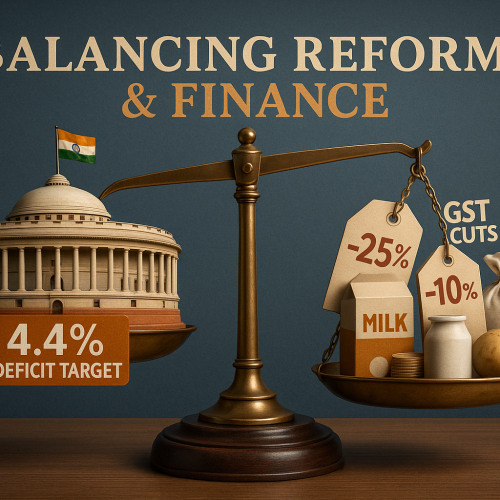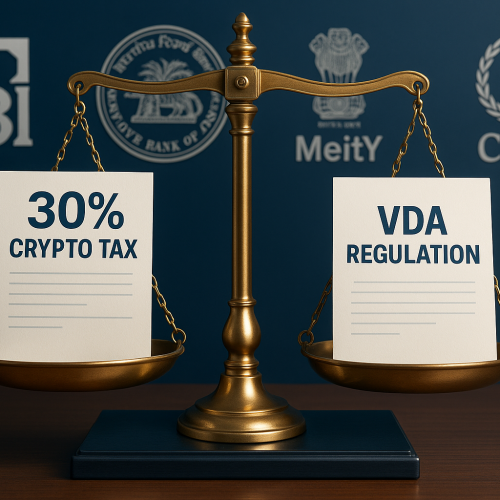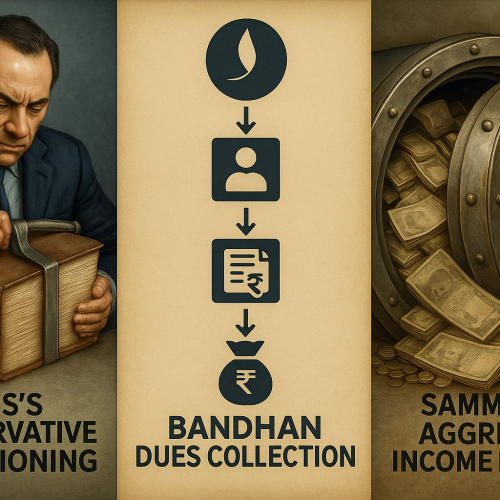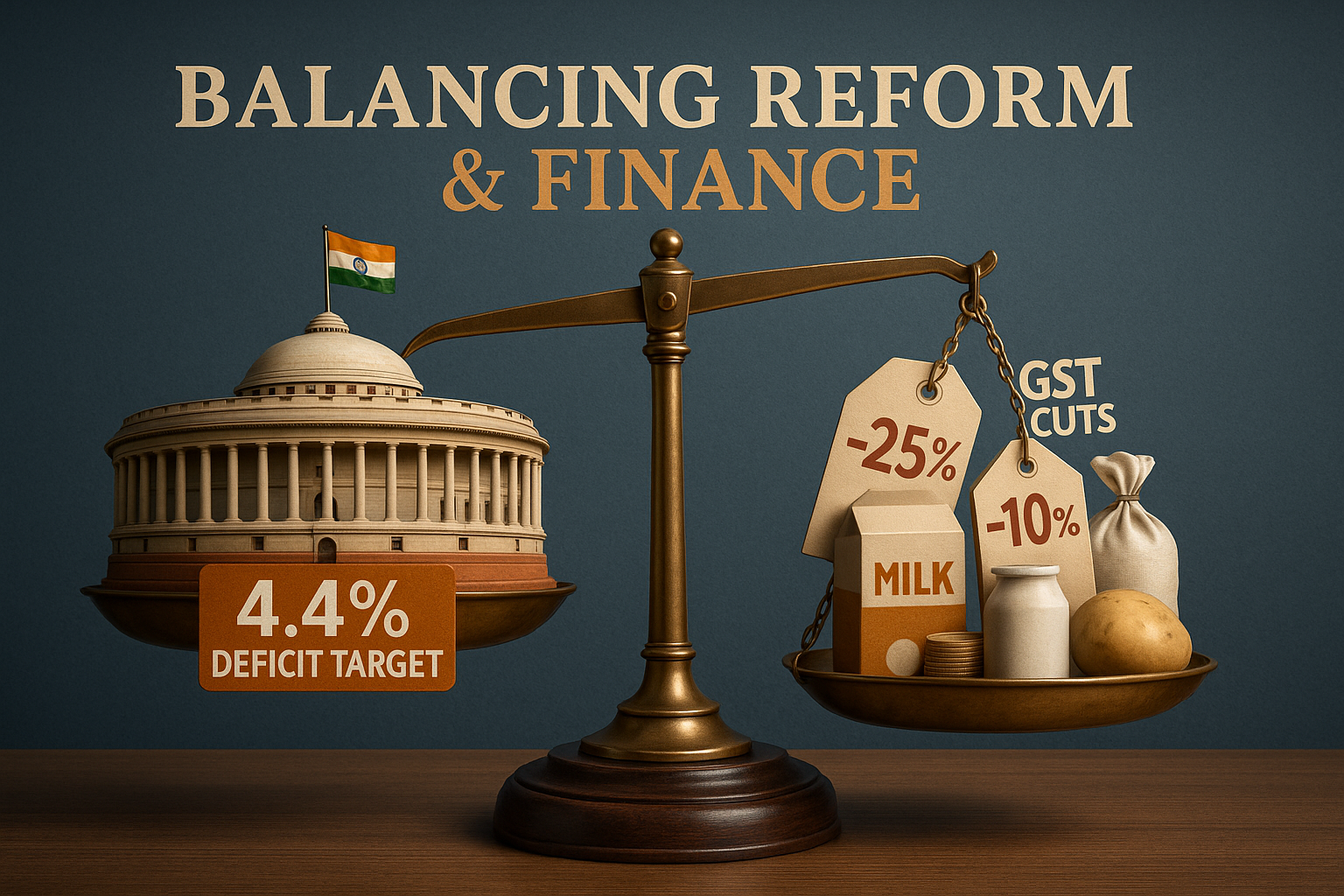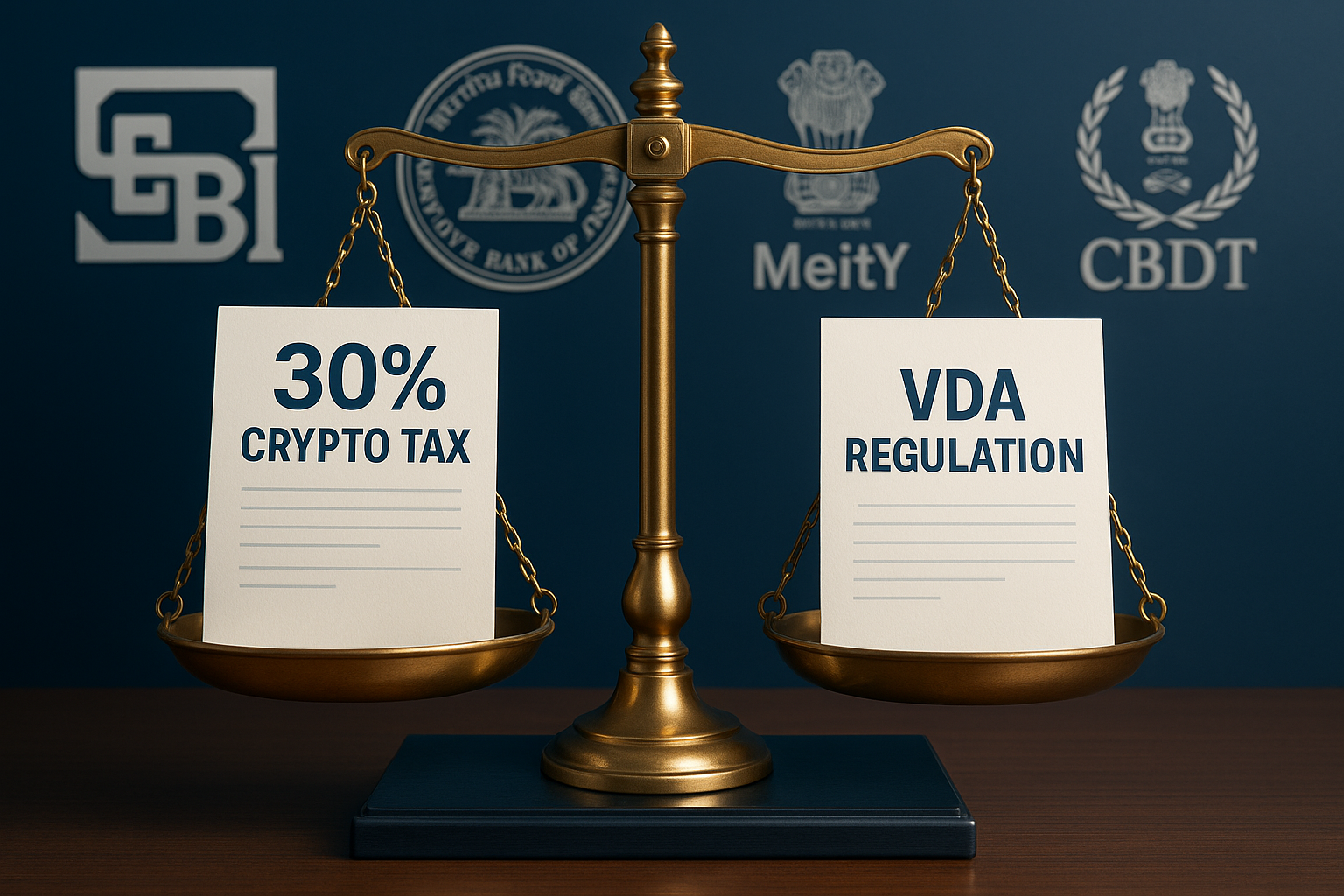Unlisted stocks are increasingly catching the attention of retail investors in India, driven by IPO anticipation and nostalgia for listing gains. However, this trend carries significant risks, including valuation mismatches, regulatory opacity, and liquidity constraints. Institutional reports and investor caution both highlight why unlisted equities, though appealing, must be approached with care.
What’s Fueling the Surge?
Retail Frenzy Ahead of IPOs: The investor volume in the unlisted shares of the National Stock Exchange (NSE) skyrocketed from about 34,000 to over 146,000 between March and June 2025.
Hope for Listing Windfall: Investors are betting on hefty returns once these companies go public. However, real-world listings have often disappointed, with pre-listing prices dropping sharply. The unlisted shares of HDB Financial, for instance, traded at ₹1,100–1,200, while its IPO was priced at ₹700–740—resulting in a loss of 30%+ for those investors.
Key Risks for Investors
| Risk Factor | Insight |
|---|---|
| Pricing Distortions | Unlisted stock prices often disconnect from fundamentals, driven by hype or limited supply. As Vijay Kuppa, CEO of InCred Money, notes, “This market operates in a price vacuum, where volatility thrives and transparency is scarce.” |
| Liquidity & Transaction Complexity | Purchases require offline intermediaries or specific platforms, involve paper trails and beneficiary setups, and may have long settlement times—making rapid exits difficult. |
| Regulatory Gaps | Unlisted companies are not bound by SEBI disclosure norms, increasing counterparty risk. Investors must trust the platform or dealer carefully. |
| Timing & Lock-ins | Post-IPO lock-in periods, often lasting six months, can erode potential gains if prices are marked up too high in the unlisted market. |
Expert Take
Industry voices caution that while unlisted shares can yield early investor value, most retail investors are entering at peak valuations just ahead of IPO hype. The mismatch between pre-listing prices and listing outcomes—exacerbated by media-driven fear of missing out—is a significant red flag. It is advised that investors reserve such trades for strong, fundamentally backed companies, with long-term outlooks.
What Retail Investors Should Know
Proceed with caution: Unlisted markets are not a shortcut to quick gains.
Evaluate fundamentals: Don’t rely on buzz alone—focus on long-term prospects.
Understand liquidity limitations: Be prepared to hold investments longer than anticipated.
Choose reputable platforms: Counterparty reliability is critical in an unregulated environment.







